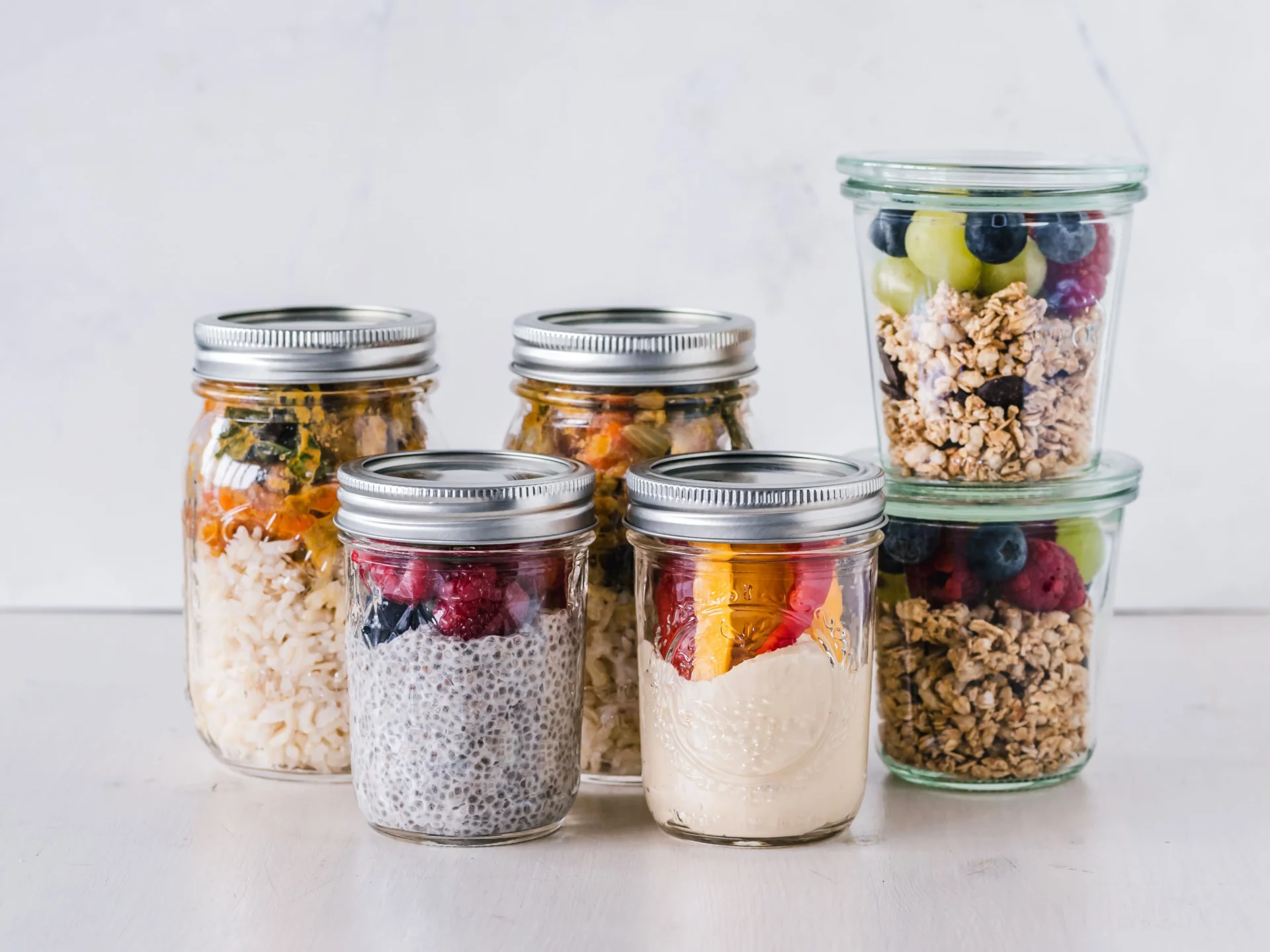The Runner’s Nutrition Blueprint: Fueling for Performance & Recovery
Strategic nutrition separates good runners from great ones. This science-backed guide breaks down how to optimize your eating plan for training, racing, and recovery – whether you’re logging casual miles or training for a marathon.
Macronutrient Mastery
- Carbohydrates: 3-5g per kg body weight daily (up to 8g for intense training)
- Protein: 1.2-2.0g per kg spread across 4-6 meals for muscle repair
- Fats: 0.5-1g per kg focusing on omega-3s for inflammation control
Timing Is Everything
Pre-Run (2-4 hours before)
- 1-4g carbs per kg body weight
- Low-fiber, low-fat options like banana with almond butter
- 500ml fluid with electrolytes
During Runs
| Duration | Nutrition Strategy |
|---|---|
| <60 minutes | Water only |
| 60-90 minutes | 30-60g carbs/hour (sports drink) |
| >90 minutes | 60-90g carbs/hour (gel + electrolyte mix) |
Recovery Window (30-120 minutes post-run)
- 1-1.2g carbs per kg + 0.3g protein per kg
- Ideal options: Chocolate milk, recovery shakes, or rice bowls with lean protein
- Rehydration with 150% of fluid loss (check urine color)
Key Micronutrients for Runners
- Iron: Supports oxygen transport (especially important for female runners)
- Vitamin D: Enhances calcium absorption for bone health
- Sodium: Replaces electrolytes lost in sweat (critical in hot climates)
- Antioxidants: Berries and tart cherry juice combat exercise-induced inflammation
Race Week Nutrition Strategy
- 3 days out: Begin carb loading with 8-10g per kg
- Night before: Low-residue meal with familiar foods
- Race morning: 1-4g carbs per kg 3-4 hours pre-start
- During race: Practice your fueling strategy from training
Personalizing Your Running Nutrition
The best nutrition plan is the one you’ll consistently follow. Use these guidelines as a starting point, then adjust based on your energy levels, digestion, and performance feedback. Consider working with a sports dietitian to analyze your sweat rate, metabolic efficiency, and micronutrient status for a fully customized approach.



